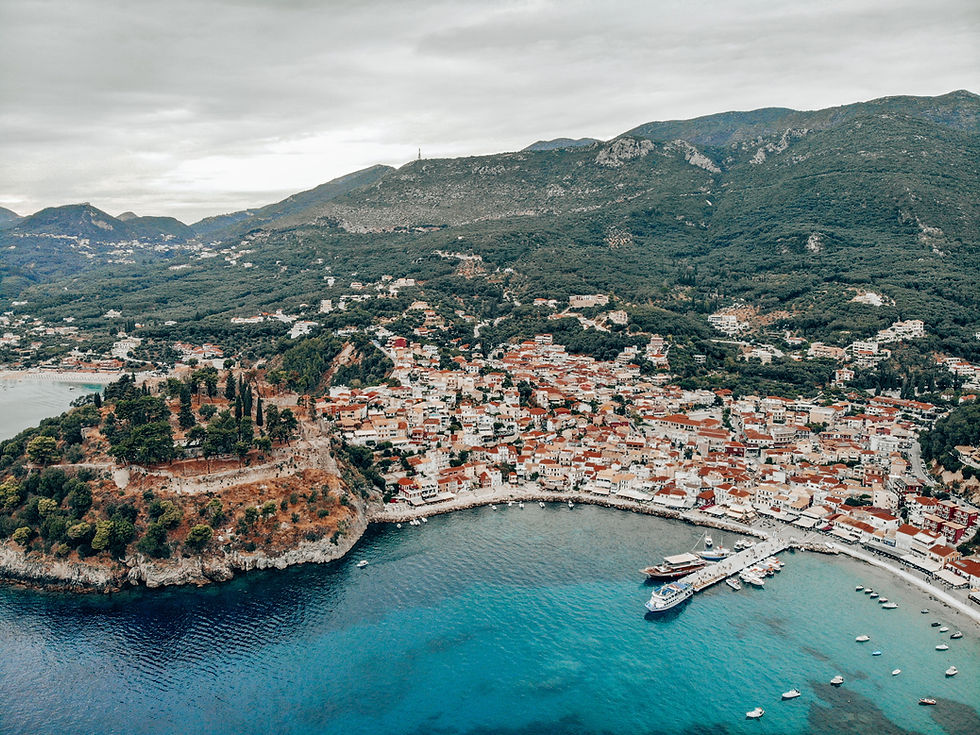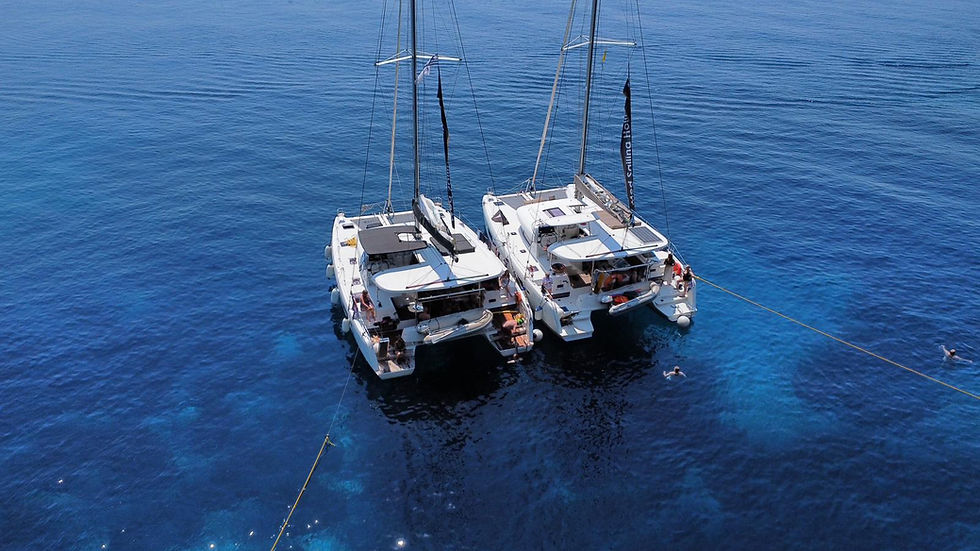5 things to know about traveling to Croatia
- Frank G
- Mar 8, 2018
- 4 min read
Do you need a visa? Majority of foreign visitors don’t need visa to enter Croatia, including, but not limited to, EU countries, UK, USA, Australia, Canada, and New Zealand. Foreign citizens of those countries can enter Croatia, and stay here for 90 days within 180 days period. Citizens of EU countries can enter Croatia using only their ID card, all others need to travel with a valid passport in order to enter Croatia. If you require a visa to enter Croatia, but hold a valid Schengen visa, as well as visas for Cyprus, Romania and Bulgaria, you don’t need a separate visa for Croatia. You are free to travel to Croatia under the condition of your current visa from the above mentioned countries. If you require a visa for Croatia, you can print and fill the application forms here, and submit it along with requested documents to Croatian Embassy, Consulate, or an accredited tourist agency. In order to apply for a Croatian visa, you’ll need a valid passport issued less than 10 years ago, and with an expire date at least three months after the intended departure date from Croatia. All questions regarding visa you can send via vize@mvep.hr.

Weather in Croatia Croatia has three distinct climates: continental climate in its interior, the Mediterranean climate along the coast, and the mountain climate above 1200 m. Along the coast you can expect dry, hot, and sunny summers, and mild, although sometimes wet, winters. Weather along the south Adriatic region of Dalmatia is generally drier and sunnier than in the northern Adriatic region of Istria. Daily temperatures can differ up to 5 °C. Average summer temperatures are around 22 °C, but this also means that in July and August you can expect over 40 days with daily temperatures of over 30 C. Average winter temperatures are around 10 C, with January being the coldest month with daily average temperatures of less than 10 C. The average sea temperature varies from 12 °C in winter to 25 °C in summer. Croatia’s interior has a moderate continental climate. This means that winters are cold and wet, with lots of fog, while summers get hot, and dry. Average winter temperatures are around 4 C, while the average summer temperature are around 22 °C.

Money While Croatia is a part of European Union, the country still doesn’t use Euro as a common currency. Croatian currency is Kuna (short: kn), and the exchange rate is at about 7,5 kn per 1€, 6,8 kn per 1$, and 8,4 kn per 1£. You can also pay many things with Euro, like accommodation, meals in restaurants, pay-tolls on Croatian roads, and gasoline. However you’ll usually get your change in Kuna, and the exchange rate can be less favourable than at the exchange offices.

Best time to go Majority of tourists head to Croatia in July and August. However, busiest time is not always the best time to visit. The best time to visit Croatia is in June and September. There are far less people around (definitely no queues, traffic jams, nor crowded beaches), the weather is still warm and sunny, prices are more affordable, and the sea is warm enough to swim in. Another tip: Sea is usually warmer in September than in June. Also, keep in mind that Croatia is extremely popular among Germans, and Austrians, especially the northern Adriatic regions of Istria, and Kvarner. So crowds (and accommodation prices) tend to increase around German school holidays (like Corpus Christi – it’s either in mid May to early June, or late May to mid June; it changes from year to year). Ha, but this also means that in the year when German school holidays are in May, hotels often offer special discounts for June (on, yeah, check it out!). And vice versa.

Getting there Travelling to Croatia from anywhere in Europe is quite easy. From April through September many airlines have direct flights from all over Europe to all major Croatian towns. Besides, Split and Zagreb are well-connected by plane with the rest of Europe throughout the year. For the detailed information on flights schedule to Croatia consult Skyscanner website. We’ve also recently found out about Scottt’s cheap flights program. They basically search for airlines mistakes or intentionally great deals and email it to you. We haven’t used it ourselves, but it seems worth a try (they have a free plan too). You can also travel to Croatia from other European towns by bus. Bus schedules are a bit harder to search for as there are many different bus companies running the service. However, if you would like to travel by bus, we highly recommend using GetByBus website to check and book bus lines in Croatia. You can also check with a local bus station once you are in destination and you can physically walk there. Getting information over the phone, or email can be impractical, and expensive (yes, they still use automated phone machines that makes you wait forever, and charge you a fortune for waiting!).
Find out more here: • Zagreb Bus Station • Split Bus Station • Zadar Bus Station Train connection to and around Croatia is quite limited, and we generally don’t recommend travelling by train to Croatia. However, if you really have to, you can find more information on Croatian Railways website.
Our favorite way to travel around Europe is by car and when we’re in Croatia we love to island hop on a private sailing yacht!











Comments